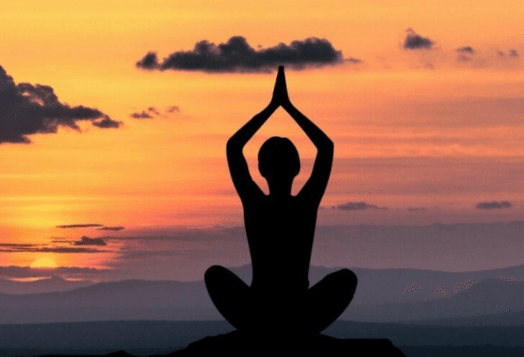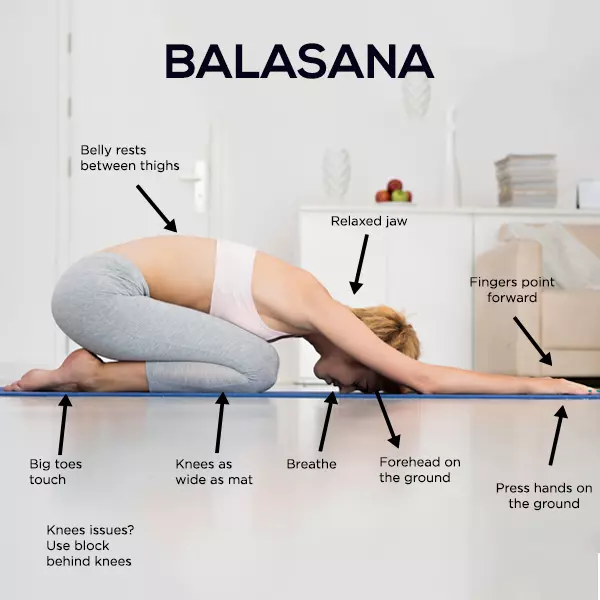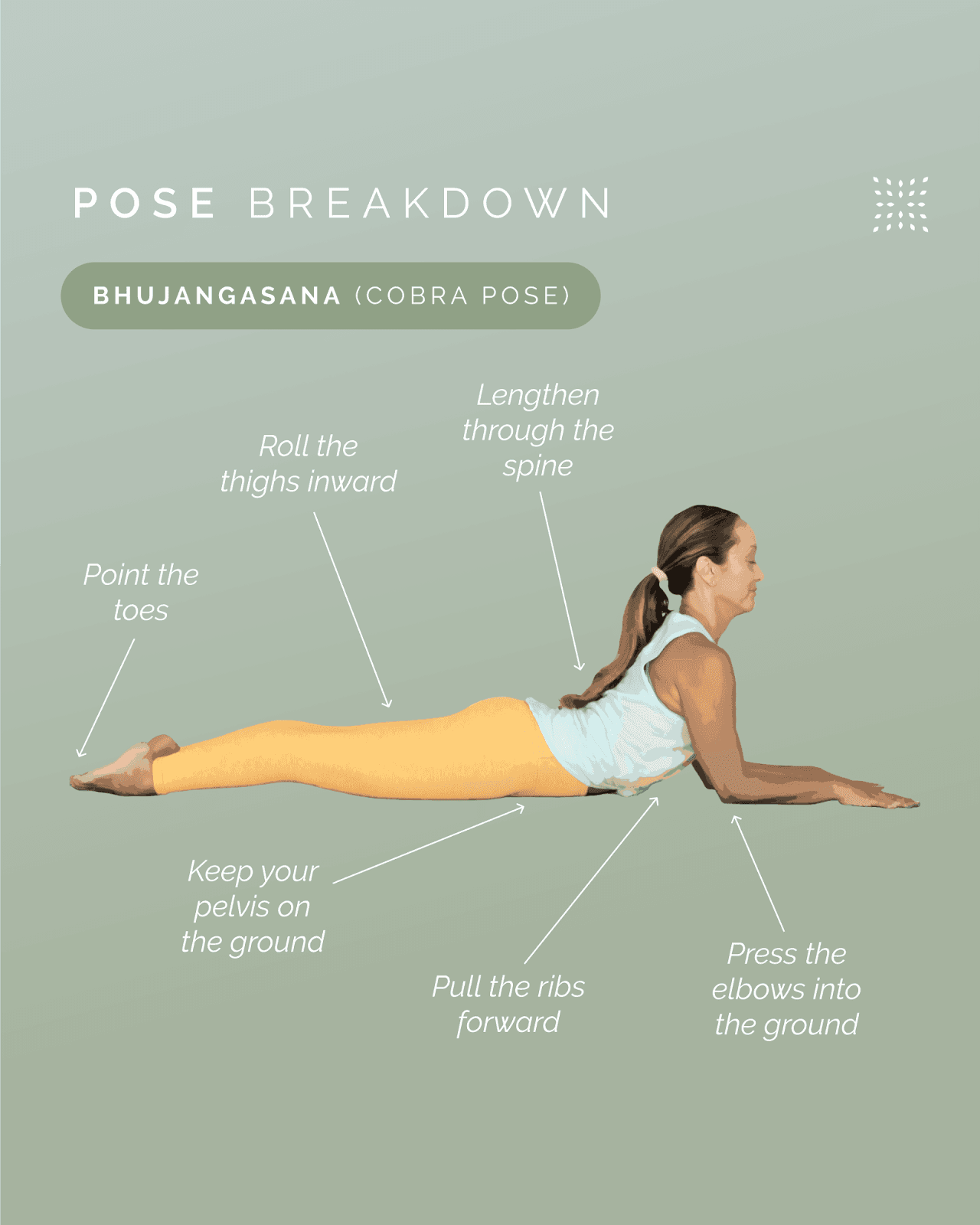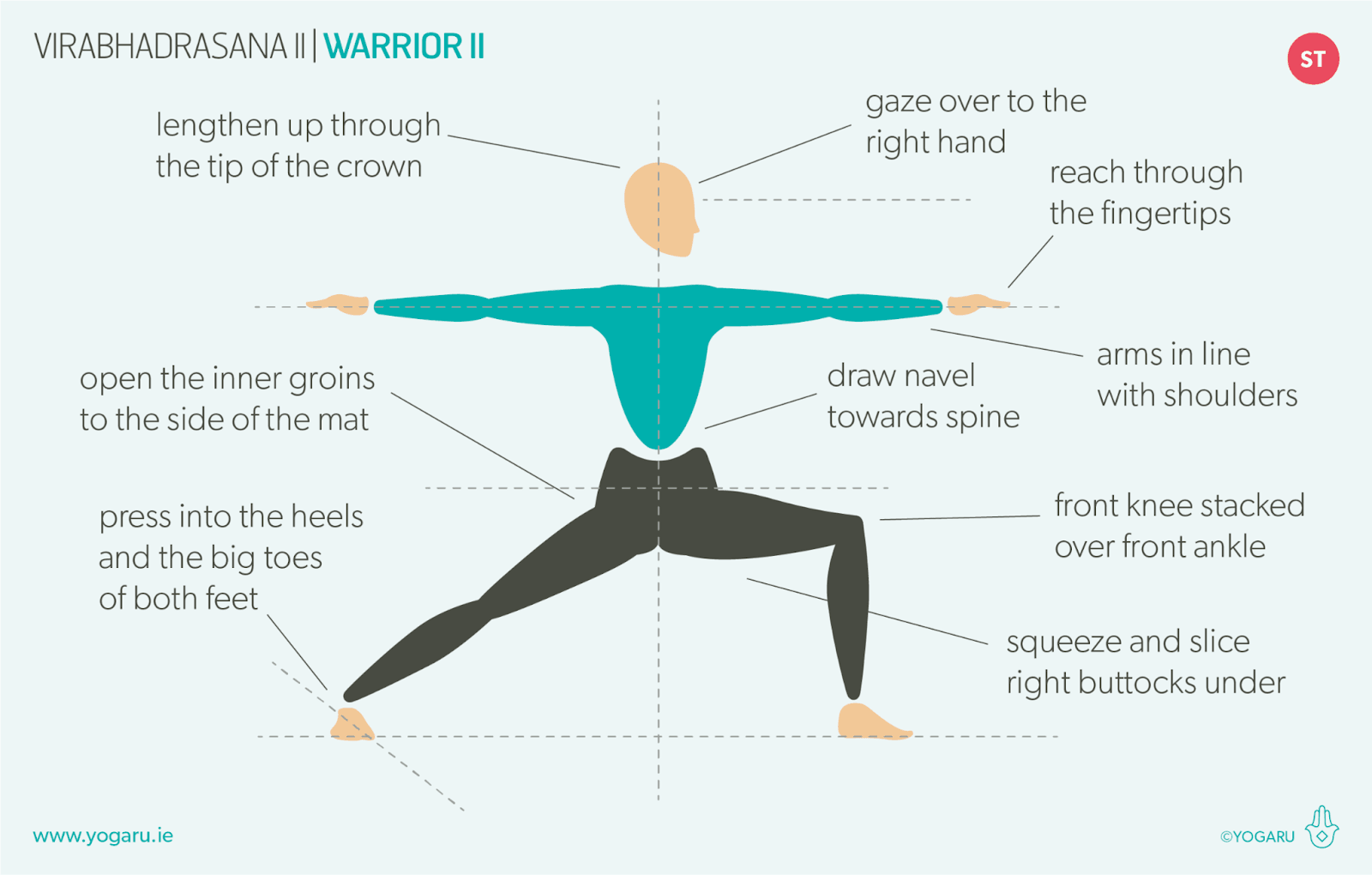
Did you know Bhakti Yoga is one of the oldest forms of yoga, mentioned over 2,000 years ago in the Bhagavad Gita, as a path to ultimate freedom through love and devotion? While modern yoga studios focus on flexibility and form, Bhakti brings the focus inward. It’s not about how you move, but why.
If you’re craving more meaning in your mat practice, Bhakti Yoga might be your spiritual breakthrough.
What Is Bhakti Yoga? (And Why It’s Not Just Chanting in a Cave)
The meaning of Bhakti Yoga is simple, but deeply profound. It is the yoga of devotion, a spiritual practice rooted in love, surrender, and heartfelt connection. The word Bhakti stems from the Sanskrit ‘bhaj’, meaning to adore or worship. It’s about offering your practice, emotions, and energy to something beyond the self.
A Devotional Yoga Practice with Ancient Root
First mentioned in the Bhagavad Gita, Bhakti Yoga is one of the four classical yoga paths. While Jnana Yoga focuses on knowledge and Karma Yoga on action, Bhakti is the path of devotion, where love becomes the method and the goal.
It’s More Accessible Than You Think
You don’t need to be in an ashram or chant 108 times daily. Spiritual love yoga can be as simple as sitting in silence, chanting a mantra, or flowing through asanas with heartfelt intention.
The Nine Forms of Bhakti Yoga Practice
While Bhakti Yoga may feel fluid and intuitive, it’s beautifully structured in ancient texts. The Bhagavata Purana outlines nine distinct forms of Bhakti Yoga, each offering a unique way to connect with the divine.
1. Shravanam – Listening
The practice of hearing sacred stories, mantras, or teachings from a spiritual mentor or Bhakti Marga teacher. It’s how devotion often begins, by tuning in.
2. Kirtanam – Chanting
Perhaps the most popular form of devotional yoga practice today, this includes singing or chanting the names of the divine.
3. Smaranam – Remembering
Carrying the divine in your thoughts throughout the day. This can be done silently, while walking, or even during yoga flows. A powerful spiritual yoga technique for those seeking connection in daily life.
4. Padasevanam – Service through Practice
Serving the divine by offering your bhakti yoga poses or even daily tasks as acts of devotion. Great for anyone wondering how to start Bhakti Yoga daily.
5. Archanam – Worship
Traditional worship rituals include offering flowers, lighting a diya, or creating a devotional space for beginners at home. Your yoga corner can double up as a small altar.
6. Vandanam – Prayer
Speaking to the divine, in your own words. A daily, heart-to-heart ritual that brings clarity, humility, and peace.
7. Dasyam – Service with Humility
Acting as a humble servant of the divine. This can translate to selfless action in the world, like volunteering, helping others, or simply doing your duties with love.
8. Sakhyam – Friendship
Building an emotional bond with the divine as a trusted companion, not just a higher power. A gentle way to cultivate spiritual love through yoga.
9. Atmanivedanam – Complete Surrender
The ultimate goal of Bhakti: surrendering the ego and offering the self. Not as loss, but as liberation.
How to Practise These Forms
You don’t have to follow all nine. Start small, add chanting, listening, or gratitude journaling to your routine. Over time, these practices create a deep spiritual rhythm that grounds your day and uplifts your mindset.
Bhakti Yoga Poses: Move with Meaning
Bhakti Yoga may be rooted in devotion, but movement can be a form of prayer, too. These simple bhakti yoga poses for beginners invite spiritual love into your physical space.
1. Sukhasana (Easy Seated Pose) + Mantra Chanting

What it is: A classic cross-legged seated position ideal for meditation or chanting.
How to do it:
Sit on your mat with legs crossed.
Keep your spine tall, shoulders relaxed, and hands resting on your knees or your lap.
Close your eyes and gently bring your awareness to your breath.
Begin silent or soft chanting (e.g., "Om" or your chosen mantra).
2. Balasana (Child’s Pose)

What it is: A restorative pose symbolising surrender.
How to do it:
Kneel on the mat, touch your big toes together, and sit back on your heels.
Separate knees hip-width apart.
Fold your torso forward, bringing your forehead to the mat.
Arms can be stretched forward (active) or back toward your feet (passive).
Breathe deeply, releasing tension.
3. Bhujangasana (Cobra Pose)

What it is: A gentle heart-opening backbend.
How to do it:
Lie flat on your stomach, legs extended, tops of feet on the mat.
Place palms under your shoulders.
Inhale and gently lift your chest, keeping your elbows close to your ribs.
Look forward or slightly up, engaging your back muscles.
4. Anjali Mudra (Prayer Hands in Tadasana or Sukhasana)

What it is: A hand gesture representing balance, offering, and unity.
How to do it:
In either seated or standing position, bring palms together at the centre of the chest.
Press gently, elbows relaxed.
Close your eyes and set a heartfelt intention or whisper a devotional mantra.
5. Virabhadrasana II (Warrior II) + Devotional Intention

What it is: A strong standing pose representing focus and grace.
How to do it:
Stand with feet wide apart.
Turn your right foot out 90°, left foot slightly in.
Bend your right knee (over ankle), arms extended at shoulder height.
Gaze over your right hand.
Hold the pose for a few breaths while silently repeating your intention.
Switch sides.
Bhakti Yoga Benefits: For the Soul, Mind & Maybe Even Your Skin
Practising Bhakti Yoga is all about transforming your relationship with yourself, others, and the universe. Whether you’re new to yoga or already on a mat daily, the benefits of bhakti yoga extend far beyond flexibility.
Emotional Healing: This path of devotion yoga helps you release emotional baggage through surrender, love, and mantra. Great for those navigating grief, stress, or self-doubt. Pair your Bhakti practice with uplifting yoga poses for instant mood-boosting effects.
Mental Calm & Clarity: Chanting and meditative poses with mantras activate your calming nervous system, helping reduce anxiety and sharpen focus. Learn how sound therapy in yoga boosts your mental and sensory health.
Gentle Daily Discipline: A short bhakti yoga morning routine brings structure to your day, without the guilt.
Deeper Connection: No matter if it’s divine, internal, or relational, Bhakti cultivates love, empathy, and gratitude in all areas of life.
Stress Reduction: Breath-led poses and chanting naturally lower cortisol and promote hormonal balance.
How to Do Bhakti Yoga: The Daily Practice Blueprint
To begin Bhakti Yoga, all you need is intention and a few simple rituals. Here’s how to do Bhakti Yoga and make it a part of your daily life:
1. Set Up a Devotional Space
Create a small altar or corner with an image, candle, flower, or symbol that feels sacred to you. This becomes your energetic anchor.
2. Pick a Time and Keep It Consistent
Morning is ideal, but any quiet slot works. Even 10 minutes daily is more powerful than one-hour weekly bursts.
3. Begin with a Simple Chant or Mantra
Start with a short chant like “Om” or a personal prayer. You can use audio guides or follow a bhakti yoga chanting guide from a certified teacher.
4. Add Gentle Movement or Asana
Choose 2–3 bhakti yoga poses for beginners. Sync your breath, movement, and intention. Keep it slow and sacred.
5. End with Gratitude or Surrender
Place hands in Anjali Mudra, offer your day, thoughts, or worries to the divine. No frills; just heartfelt closure.
Ready to Flow with Bhakti Yoga?
Bhakti Yoga isn’t about rigid rules, perfect Sanskrit, or dramatic spiritual awakenings. It’s about showing up with your heart first and ego last.
Start small. Light a candle. Whisper a mantra. Move through a few bhakti yoga poses. With consistent effort, even 10 mindful minutes a day, you’ll start to notice the subtle yet powerful bhakti yoga benefits manifesting in your life.
Your yoga mat is your altar, your breath is your prayer—everything else is just showing up with love.




